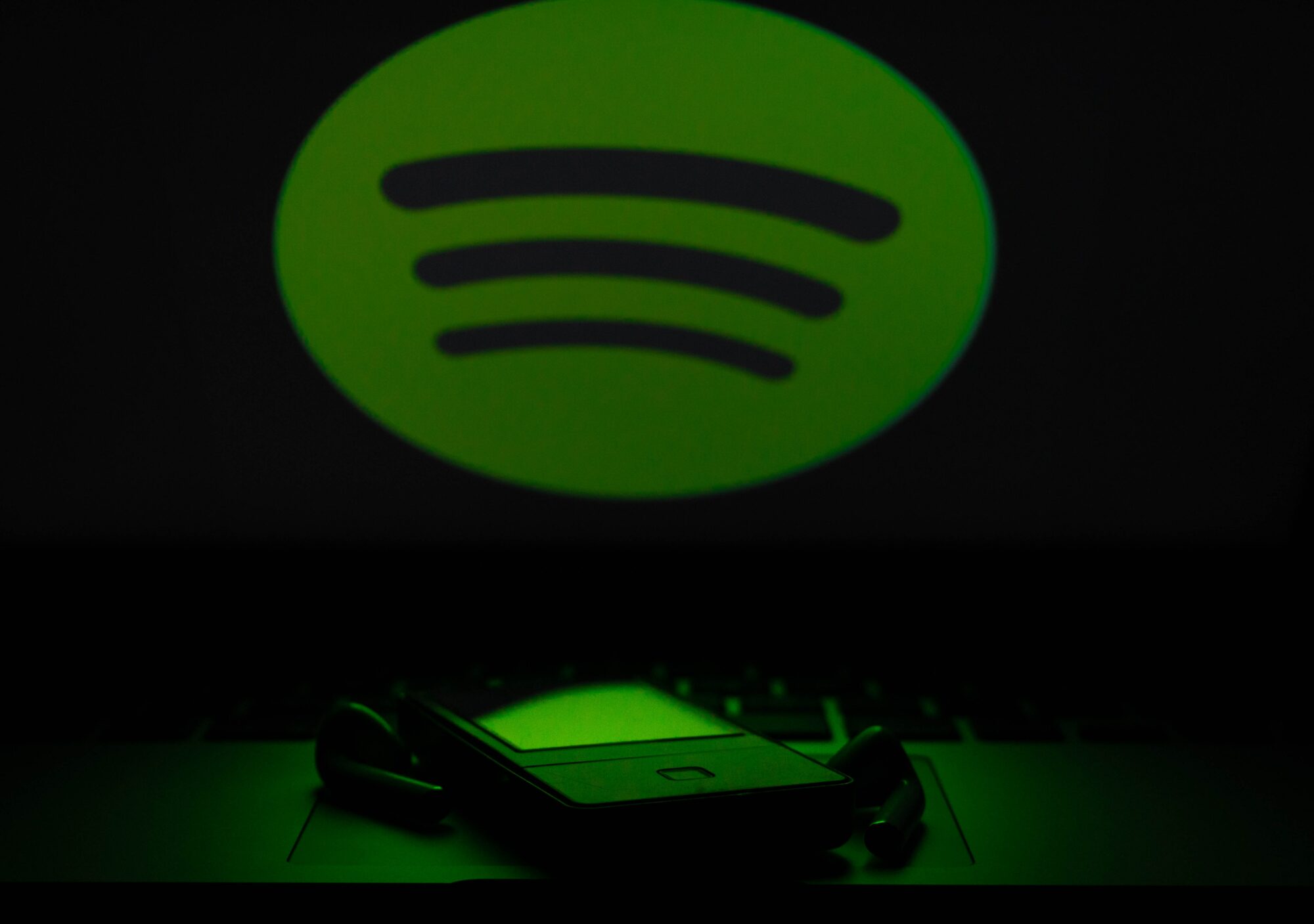
Royalty Reversal, as Spotify has dubbed its newest function, aims to curb the modern music market’s lopsided supply and demand.
Spotify has built a successful business on the notion that music ought to cost nearly nothing. But its latest feature drags that value all the way into the negative, enabling content creators to financially incentivize users to listen to their music instead of the other way around.
The function is called Royalty Reversal, and Spotify says it offers a solution to the oversaturated music market of the present day. With virtually all music available on demand 24/7, musicians have an increasingly difficult time staking their claim of the online attention economy. Royalty Reversal at least gives them the assurance that somebody is actually listening.
But how many people will hear their music? That depends on how much they spend. Spotify has yet to disclose specific figures, but the idea is that every dollar spent will net the uploader marginally more plays.
Daniel Ek, the billionaire co-founder and CEO of Spotify, touted the benefits of Royalty Reversal in a statement dated Tuesday, April 1. “Over the past 16 years, Spotify’s wealth of content has grown so vast that only a tiny fraction of it will ever get heard,” he said. “Now, for a nominal fee, creators can make sure that their uploads get to be included in that infinitesimally small pool.”
The new feature signifies a major about face for Spotify, which, up to now, has paid uploaders somewhere between $.003 to .005 per stream. The platform has received no shortage of backlash for devaluing music by leading consumers that it should be available for almost nothing.
This isn’t the first time Spotify has rolled out a potentially controversial feature. Last month, the streaming service updated its algorithm to use AI facial recognition to recommend music based on how physically attractive the artist is.

